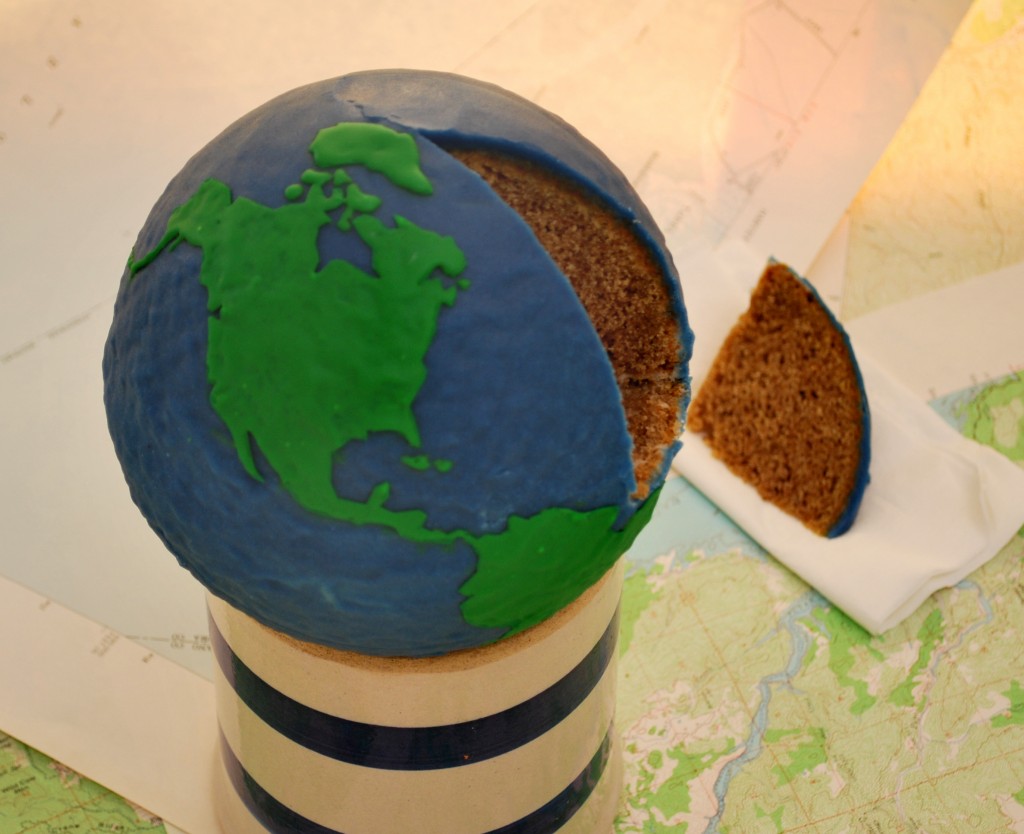Shakespeare Follow-Up: Age of the Earth
Friday, October 11th, 2013When, in As You Like It, Orlando threatens to die of unrequited love, the disguised Rosalind has some words of wisdom for him:
The poor world is almost six thousand years old, and in all this time there was not any man died in his own person, videlicet, in a love-cause.
Whether or not one could actually die from love will be beyond the scope of this Shakespeare Follow-Up. But we do want to examine how close is Rosalind’s estimate of the age of the planet to what we believe today.
Almost 6,000 years was a good guess for Shakespeare’s day. But today, scientists believe the Earth is over 4,500,000,000 years old, give or take. How can we account for such a breathtaking discrepancy?
Early estimates for the age of the planet were based on Biblical scripture. God created Earth “in the beginning” which puts its origin on the first day of creation. Adam was born on the 5th day, and then the begetting began. Genesis actually goes into quite a bit of detail about how old each begetter was when he begat, so a literal interpretation and little bit of arithmetic was all that was necessary to trace how much time passed since the first day of creation and pinpoint the age of the earth.
Dating creation at 4000 BC was a popular estimate during Shakespeare’s lifetime. Shortly after Shakespeare’s death, Bishop James Ussher published a chronology that placed the creation of the universe on Sunday, October 23, 4004 BC. Hey, someone has a birthday coming up!

But how many candles?
Still, nature was rife with clues that were ready for us when we were ready for them. As early as the 17th century, Nicolas Steno noticed the questions raised by fossil evidence and rock stratification, and other naturalist scientists would find reason to revise the Earth’s age gradually upwards.
In 1862, Lord Kelvin (before he was Lord Kelvin) used the cooling rate of the Earth to place its age at around 98 million years. That’s not quite there yet, but Lord Kelvin was getting warmer!
In the 20th century, scientists began measuring the decay of radioactive isotopes for dating objects that are very old. This is called “radiometric dating” or “radioactive dating,” but I’m only going to call it radiometric dating because I already have something that I call radioactive dating. Radiometric dating puts a rock native to Quebec, the Acasta Gneiss, at over 4 billion years old, and certain zircons found in Western Australia turn out to be over 4.4 billion years old. Based on non-terrestrial evidence, scientists put the age of the solar system at around 4.567 billion years, meaning the Earth can’t be any older than that. This gives us a window between 4.4 and 4.567 billion years to place our best guess.
Although science is long past the time of an Earth whose age could be measured in the thousands, the general public is not as unified. According to a 2012 Gallup poll, 46% of Americans believe that “God created human beings pretty much in their present form at one time within the last 10,000 years or so.” Now, there is a difference between the age of the Earth and the age of the human being, but there is a lot of scientific evidence that humans have been around a lot longer than 10,000 years. Suffice it to say that the first homo sapiens are believed to have evolved in Africa about 200,000 years ago.
But whether, in all this time, there was any man who died in a love-cause, I leave as a question for the reader.